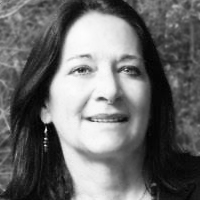Question
Can occupational therapy do yoga with clients in a SNF?
Answer
That is a fantastic idea to complete group yoga in a skilled nursing facility. If a person is consciously aware enough of their breath, they can hold and release breath during simple tasks like eating. Inhaling, reaching out to pick up the cup or spoon. Exhaling as you bring the spoon to the mouth. There are so many different levels on which you can do this. There is a yoga practice called calinata yoga and in that practice they have worked with people with high level spinal cord injuries who are completely immobile. They run through a yoga practice with everyone else, and these clients with SCI are encouraged to do the breath work as able, while watching the other participants in the class move through the postures. They are encouraged to mentally move through the postures as this brings in much of the same physiological responses.
With regards to billing and reimbursement for yoga, please know that using complementary/alternative medicine (CAMs) can be a prerequisite to functional activity. I would probably not teach a yoga class, and then try to bill that as OT services. However, I would certainly use the first 15 minutes of my OT time working with yoga practices as a way to improve strength, cognition, and stress response before functional activities. It just melds in beautifully with what we do as practitioners.
I also referenced earlier a previous course where I talked about yoga being within the frame of reference of the AOTA, and how as occupational therapists, this is what we do. The more you research this, the more you will realize that, as occupational therapists, we have probably been doing a lot of yoga over the years, and just not calling it yoga. It is how we are seeing it from a different point of view, but it is the same skills and the same frame of reference. Yoga augments and helps support the work we do as occupational therapists. Yoga is more researched now, and it gives us a leg up in showing what we do as being valid and important for our clients.
